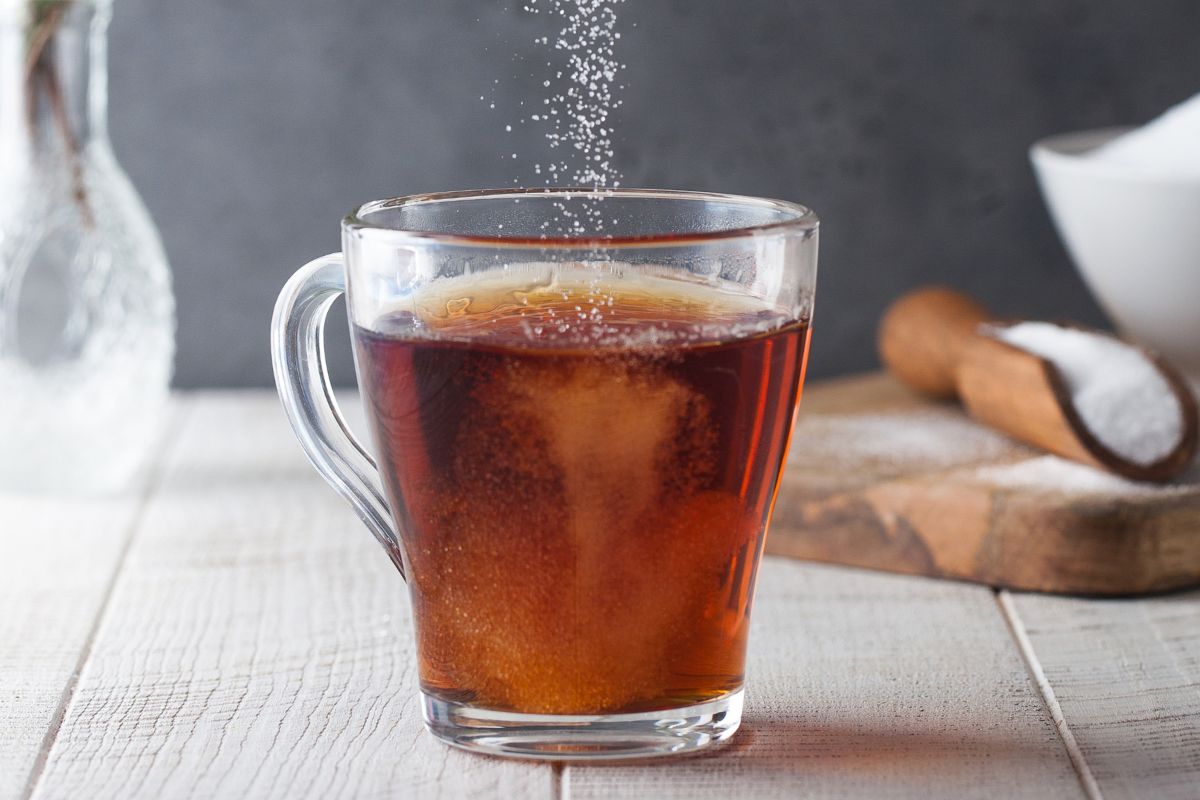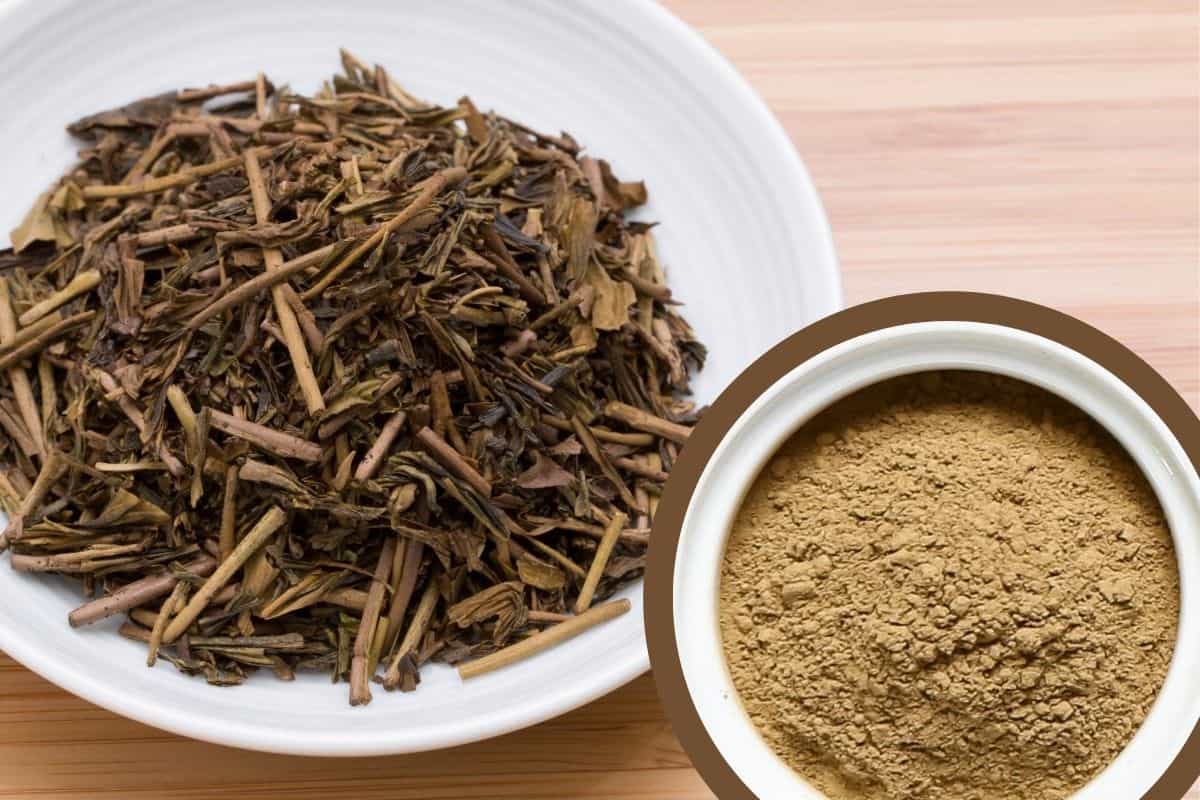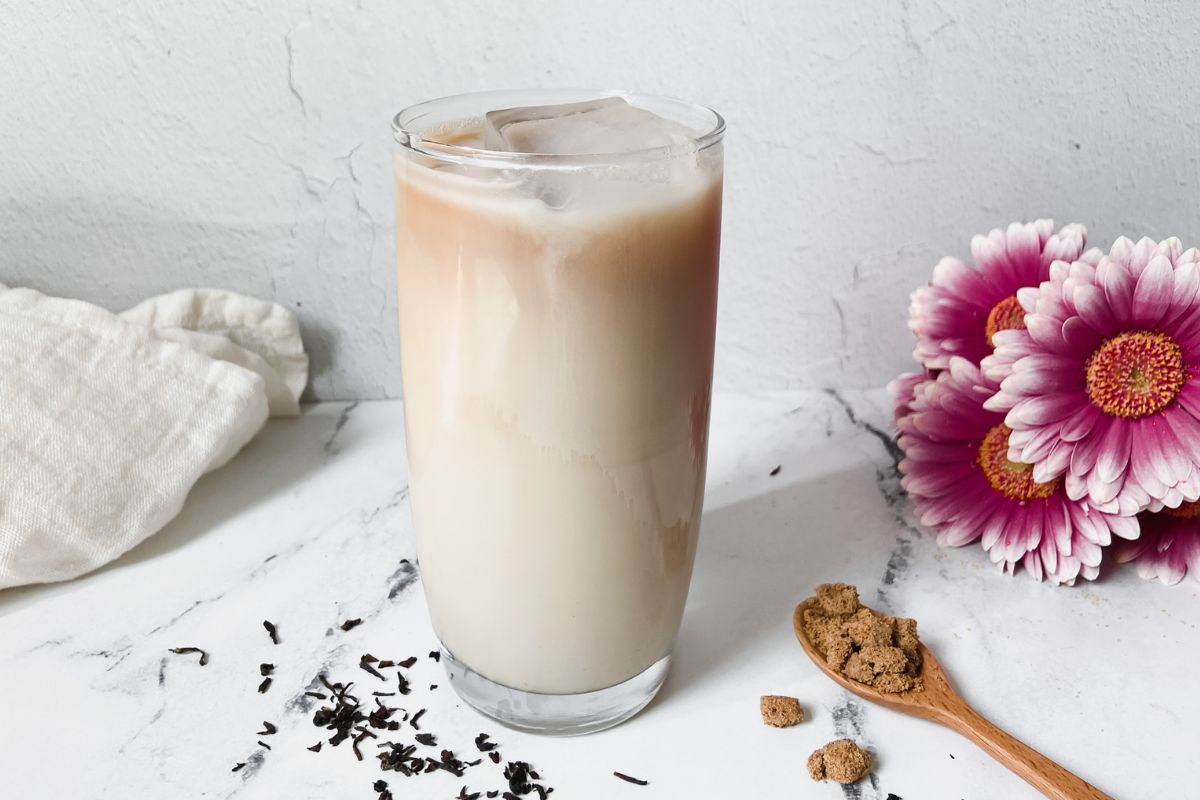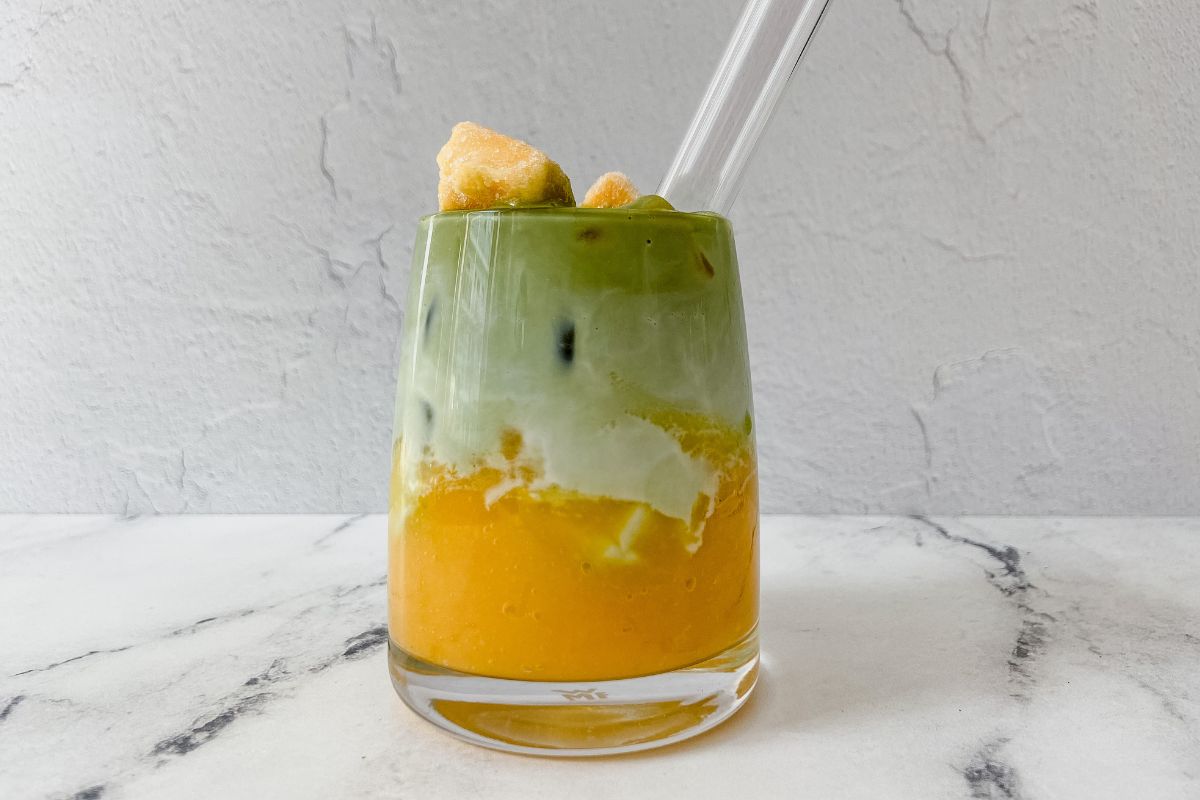What are the Different Types of Tea?
Do you wonder how many different types of tea are there? While there are thousands of tea varieties, they can be classified into a few main categories.
Read this to-the-point article to clarify all your questions about the main categories of tea!

There are so many names and varieties of tea, it can be overwhelming to navigate the world of tea.
But don’t worry: this post will guide you through the main categories of tea, providing clear explanations and tips on how to prepare each one.
I’ve also included some examples within each type, so you can easily find teas to try within each category.
Get ready to steep yourself in knowledge about the main tea types and become a tea-rrific connoisseur!
For a more extensive list of teas, check my cheat sheet of tea names.
You will be able to find more than 70 different types of teas in alphabetical order.
How many types of tea are there?

Tea as we commonly know it (as an infused drink) can be categorized into two main groups:
- Real tea
- Herbal tea
Real tea, also known as true tea, is made from the leaves of the Camellia sinensis plant, while herbal tea is made from a variety of herbs, fruits, and flowers.
So, technically, herbal “tea” isn’t real tea.
Because of this, in this article we’ll only talk about the main types of real tea.
Real tea can be further categorized into six types:
- White
- Green
- Yellow
- Black
- Oolong
- Pu-erh
Each of these types of tea is made using different processing methods, which result in their signature flavors and characteristics.
There is actually a seventh type of tea, known as purple tea.
Purple tea is also a real tea that comes from the Camellia sinensis plant, but it’s made with plant varieties with purple leaves.
Purple tea can be processed in the same way as green tea, oolong, black, or even pu-erh.
Real tea

Real tea is made from the leaves of the Camellia sinensis plant and it naturally contains caffeine.
The amount of caffeine in your cup of tea can vary depending on the type of tea and how you prepare it.
Each type of real tea has its own characteristic taste and aroma, making it a popular choice among tea lovers.
White tea

White tea is the least processed of all the teas, made from the young leaves and buds of the Camellia sinensis plant.
The leaves are simply withered and dried, resulting in a delicate flavor and light color.
How to prepare white tea (general recommendations; these may vary depending on the tea):
- Steep the tea for 1-2 minutes is it’s a bud-only tea; 4-5 minutes for leafy teas
- Use water between 170 to 185°F (70-85 °C)
Types of white tea
These are some of the best known types of white tea:
- Silver Needle or Flowery White Pekoe
- White Peony
- Tribute Eyebrow
- Long Life Eyebrow
- Gong Mei
- Fujian New Craft
- Darjeeling White
Yellow tea
Yellow tea is similar to green tea in that it is lightly oxidized, but it undergoes an additional step where the leaves are wrapped in a cloth (encasing) and allowed to ferment lightly.
This process gives yellow tea a mellow flavor, removing any grassiness of green tea.
General recommendations to prepare yellow tea:
- Use water heated to a temperature range of 75 to 80°C (167-176°F)
- Let it steep for 2-3 minutes
Types of yellow tea
Although yellow teas are very rare outside of China, some of the most famous ones are:
- Junshan Yinzhen
- Huoshan Huangya
- Meng Ding Huangya
- Pingyang Huangtang
- Da Ye Qing
Green tea

Green tea is made by steaming or pan-firing the leaves of the Camellia sinensis plant, which stops the oxidation process.
Japanese green teas are typically steamed, while Chinese green teas are commonly pan-fired.
This results in a tea with a grassy, vegetal flavor and rich in antioxidants.
Tips to prepare green tea:
- Steep in water heated to a temperature range of 65 to 80°C (150 to 180°F)
- The steep time is usually between 1-2 minutes
Green teas (specially good ones) are often steeped more than once.
They also taste great cold steeped.
Some varieties of green tea
Did you know that originally all tea was processed as green tea?
Maybe that’s why there are so many different types of green tea…
It’s nearly impossible to name them all, but here are a few of the most famous ones:
- Bancha
- Genmaicha
- Gunpower
- Gyokuro
- Longjing (Dragon Well)
- Mao Feng
- Matcha
- Sencha
Black tea

Black tea is fully oxidized, resulting in a hearty, deep flavor and amber color.
It is the most popular type of tea in the west and is used in many blends such as Earl Grey, English Breakfast and Chai.
To prepare black tea:
- Pour hot water over black tea leaves or tea bags
- Let steep for 3-5 minutes
Chai is prepared by simmering the tea in milk.
You may also cold steep black tea.
Popular black teas
Some examples of black tea are:
- Assam Black Tea
- Darjeeling Black Tea
- Ceylon Black Tea
- Keemun
- Lapsang Souchong
- Scottish, English, Or Irish Breakfast Tea Blends
- Earl Grey (also a blend)
Oolong tea

Oolong tea is partially oxidized, giving it a flavor profile somewhere between green and black tea.
The leaves are picked, withered, bruised, and then partially oxidized, resulting in a tea with a wide range of flavors and aromas.
Oolong tea is prepared in a similar way to green tea and black tea.
The water temperature and recommended steeping time will depend on the tea.
Examples of oolong tea
Some of the best known oolong teas are:
- Iron Goddess of Mercy (Tie Guan Yin)
- Big Red Robe (Da Hong Pao)
- High Mountain Oolong Tea
- Milk Oolong Tea
Pu-erh

Puerh tea is a fermented tea that is aged for several years or even decades, resulting in a unique flavor profile.
It is known for its potential health benefits, including aiding in digestion and lowering cholesterol levels.
To prepare pu’erh tea, the general recommendation is to shortly rinse the tea leaves with hot water, then pour hot water over the leaves and then enjoy several shorter steeps.
Types of pu-erh tea
Chinese Pu-ehr tea can be categorized into two groups:
- Seng Cha (raw or green pu-erh)
- Shu Cha (fermented pu-erh, also known as “red” or ”ripe” pu-erh)
Apart of pu-erh, there are some other types of fermented tea (usually denominated post-fermented) around the globe, like:
- Goisihicha (from Japan)
- Tteokcha (from Korea)
Purple tea

Purple tea is a type of real tea that originates from varieties of the Camellia sinensis plant with purple leaves.
Unlike other types of real tea, purple tea is not defined by how it is processed, but rather by the unique variety of leaves used.
Due to its potential health benefits and unique flavor profile, purple tea has become a popular choice among tea enthusiasts looking to expand their tea horizons.
Best known types of purple tea
- Kenyan purple tea
- Sun rouge (Japanese purple tea)
- Zi Chan (Chinese wild purple tea)
Herbal tea

Herbal tea is a type of tea that is not made from the Camellia sinensis plant. Instead, it is made from a variety of herbs, fruits, and flowers, resulting in a wide range of flavors and aromas.
So, technically, they aren’t real tea but tisane or infusions.
Herbal teas are often enjoyed for their potential health benefits, such as aiding digestion, reducing stress, and promoting relaxation.
How to prepare tisanes:
Herbal teas can steep for longer than real tea because most of them don’t get bitter.
While some people enjoy cold steeping their herbal tea, it’s highly recommended to steep herbal teas at 100°C (boiling water) for 10 minutes to make a safe beverage [source].
Some popular types of herbal tea include:
- Chamomile
- Peppermint
- Ginger tea
- Hibiscus
- Rooibos
Summing it up: How many different types of tea are there?
There are 6 types of real tea: white tea, green tea, yellow tea, black tea, oolong tea and pu-ehr.
Since the most common are black tea, green tea, white tea and oolong tea, some sources say there are 4 types of tea.
All these teas come from the tea plant, Camellia sinensis: the differences between them come from how the tea leaves are processed.
Purple tea is also a real tea made with Camellia sinensis, but from specific varieties that have purple pigments.
Sometimes, this rare tea is categorized as the seventh type of tea.
Herbal teas are a category of infusions made with any other plants that aren’t Camellia sinensis, so they aren’t actually tea but tisanes.
If you would like to check a specific type of tea, check my cheat sheet to more than 70 different kind of teas:






